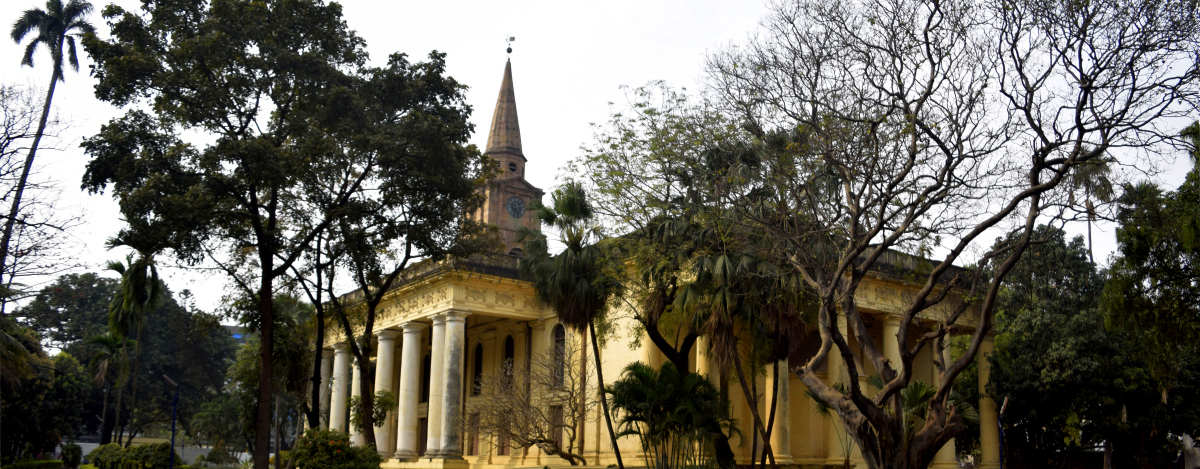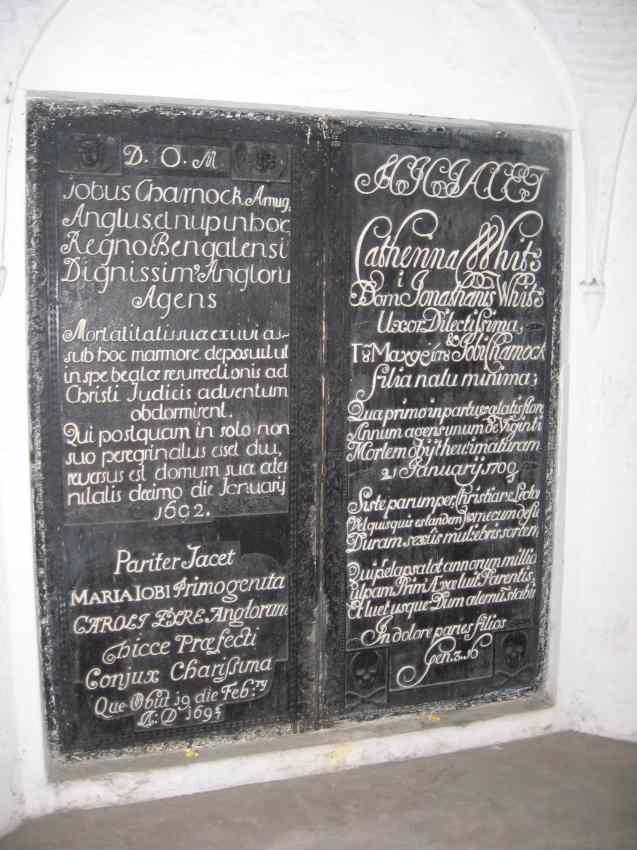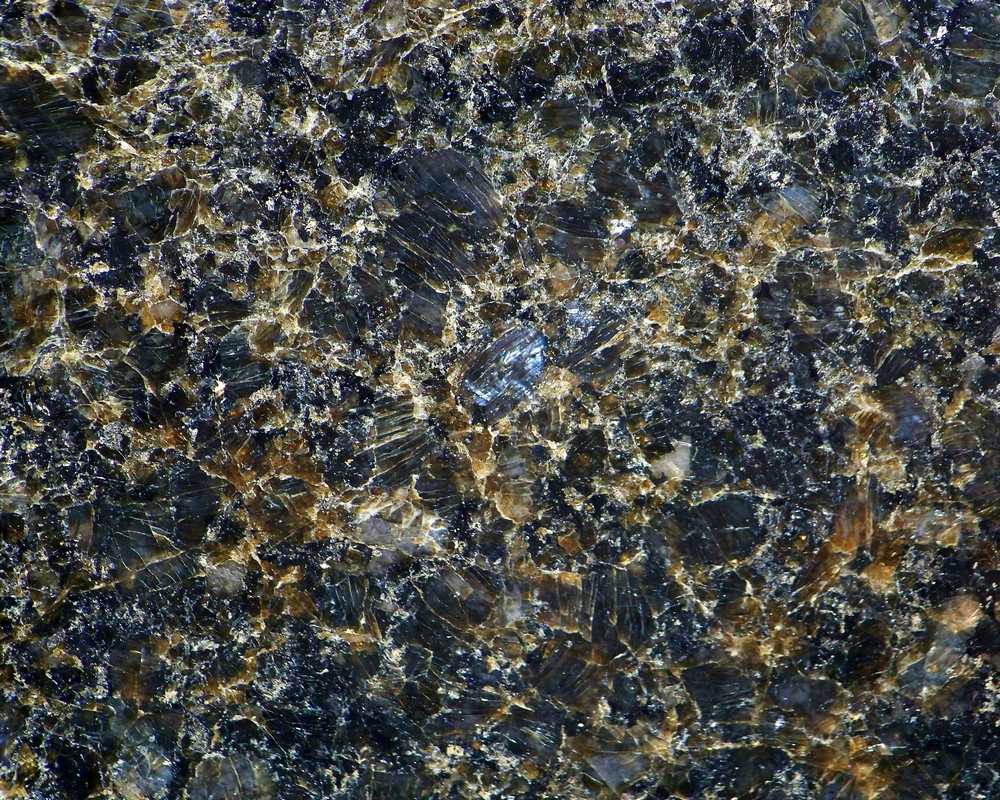The steeple thrusts itself into the heavy, humid air, sharing space with the large, evergreen Soondrie trees which have little choice but to be verdant, strong and equally as skyward-thrusting as the spire with which they share a space thanks to the tropical heat and plentiful rain. The churchyard is a respite from the tumultuous madness of the city, which teams with a life of its own.

St Johns Church, Calcutta
Inside the church there is a sense of times past, of advancing age, of a quiet struggle between the natural world and the human. The vanguard is the green patina that sprouts on the walls and statues, on the tombstones and on the plaques and is the characteristic colour of ancient places built in the tropics ranging from Malacca to Zanzibar, Isla de Mozambique to Calcutta, and many places in between.
The memorial plaques tell a story of life and death, disease and fever, tragedy and heartbreak. Few seemed to have made it past their 3rd decade. A beautifully carved memorial – perhaps Makrana marble of which the Taj Mahal is also carved - is a memorial to the wife of the Governor General, Lady Canning, showing that even the high-born were not immune to the ravages of tropical disease.
Turned it into an important trading post
We however were on a quest for a different tomb. The tomb of Job Charnock, the founder of Calcutta. Revisionist Indian historians are now refuting this fact, but there is little doubt that Job Charnock was instrumental in turning the small Indian town on the banks of the Hooghly River into an important trading post and eventually the capital of British India, until it was moved to Delhi in 1911.
Charnock was a senior official in the British East India Company, and unlike many of his counterparts, lived a relatively long life, being born in London in 1630 and dying in Calcutta in 1692. So what has Job Charnock got to do with geology?
Well, Professor Saggerson, who taught us our igneous petrology, told us that the rock known as a Charnockite was named after the beautiful and resistant rock which marks Mr Charnock’s grave.

Job Charnock's headstone, Calcutta
Being in Calcutta is a rare privilege and of course being in town we had to go and find Job Charnock’s tomb, which saw us poking around the St John’s churchyard. Hunting for a single tombstone forces one to work one’s way through a number of tombstones which were not particularly relevant to the quest, but this is indeed a bonus, as one gets a sense of the place, a feel for the history, the sacrifices, the human drama, and the realisation that life back in those days was indeed nasty, brutish and short. It wasn’t much better back in England though – at that time bubonic plague was still reaping its grim harvest across much of Europe, with the last outbreak recorded in London in 1666.
The gneiss was used to mark all the graves of East India Company men
We found Job’s tomb – in fact a mausoleum – out in the churchyard amongst the verdant foliage. It is a white marble affair with a dome, with the original headstone lies as a pediment at the foot of the more modern structure. And so our quest was over. The Pallavarm Gneiss, as it was originally known, was used to mark the graves of all the East India Company men, and is still popular for the manufacture of tombstones. In 1893 a geologist, T H Holland, called it Charnockite, and the name has remained as such ever since.

The beautiful dark face of a Charnockite
So what is a charnockite? When we were students, it was a hypersthene granite but things have moved on a bit since. Wikipedia describes it thus:
"The charnockite suite or series is a particularly widespread form of granofels. Granofels are one of the few non-foliated rocks to form under relatively high temperatures and pressures. This combination is generated only deep in the crust by tectonic forces that operate on a grand scale, so granofels is a product of regional, rather than contact, metamorphism. It is formed mostly from the granite clan of rocks, or occasionally from thoroughly reconstituted clays and shales. It is of wide distribution and great importance in India, Ceylon, Madagascar and Africa. It was named by geologist T. H. Holland in 1893 after the rock that makes up the tombstone of Job Charnock, who was laid to rest in the St Johns churchyard."
In the shadow of Earth's third highest mountain
This is a good place to end, except to say that geology is a wonderful thing in that it brings another dimension to the history of a place. We were in Calcutta on our way to Darjeeling and a trekking trip in the Himalaya in the shadow of Earth’s third highest mountain, Kanchenjunga. Geological wonders all.
If this resonates with you and you think it may be valuable to others, please share, and leave your comments in the comments box below.
An Invitation
Start your geographical adventures by reading our articles here. They are pertinent to the physical geography courses that we have to teach, and do much to frame the subject and to provide insights that are not normally to be found in the text books. Enjoy, and leave your comments and requests in the comments section.
Hang out with fellow geographers here, check out what is happening here, and go see some amazing videos of wonderful landscapes here. And last but not least, amazingly interesting snippets which brings earth sciences and geography into our everyday lives here.
So looking forward to adventuring with you
Want to come adventuring? Who wouldn't? So sign up for our newsletters and stay informed when we launch new courses or go off on happy wanderings.
A promise - no spam, no nonsense, no passing on of your details

